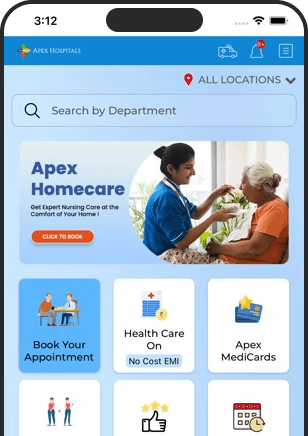
Attention-Deficit / Hyperactivity Disorder (ADHD)
What is Attention-Deficit / Hyperactivity Disorder (ADHD)?
ADHD, or attention deficit hyperactivity disorder, is a brain disorder that impacts attention, impulse control, and behaviour. It is one of the most common neurodevelopmental disorders, typically diagnosed in childhood, though it can persist into adulthood. Children with ADHD often struggle with paying attention and controlling impulsive actions and may display hyperactive behaviour. While ADHD cannot be prevented or cured, early diagnosis, along with an effective treatment and education plan, can help manage symptoms and improve the quality of life for both children and adults with the condition.
What are the different types of ADHD?
ADHD can manifest in three distinct forms based on the dominant symptoms observed at the time of diagnosis:
1. Predominantly Inattentive Type
2. Predominantly Hyperactive-Impulsive Type
3. Combined Type (a mix of inattentive and hyperactive-impulsive symptoms)
What causes ADHD?
The exact cause of ADHD remains unclear, but research suggests a strong genetic connection. You may have a higher likelihood of developing ADHD if it runs in your family. Additional risk factors include:
- A history of brain injury
- Exposure to smoking or alcohol during pregnancy
- Low birth weight or premature birth
- Exposure to lead or other harmful environmental substances before birth or during early childhood
What are the symptoms of ADHD?
The symptoms of ADHD vary depending on the type, but they generally fall into two main categories: inattention and hyperactivity-impulsivity. Here are the common symptoms of each:
Inattentive Symptoms:
- Difficulty paying attention to details and making careless mistakes
- Trouble staying focused on tasks or play
- Frequently appearing not to listen when spoken to directly
- Difficulty following through on instructions or completing tasks
- Trouble organizing tasks and activities
- Avoiding tasks that require sustained mental effort
- Frequently losing items needed for tasks (e.g., keys, books)
- Easily distracted by external stimuli
- Forgetfulness in daily activities
Hyperactive-Impulsive Symptoms:
- Fidgeting, tapping hands or feet, or squirming in the seat
- Difficulty staying seated in situations where it's expected
- Running or climbing in inappropriate situations
- Inability to play quietly
- Excessive talking
- Interrupting or intruding on others
- Difficulty waiting for one's turn
- Acting without thinking or making impulsive decisions
Combined Presentation:
Some individuals display a combination of both inattentive and hyperactive-impulsive symptoms. These symptoms typically appear before age 12 and can impact daily school, work, or social functioning.
When to see a doctor
If you experience any of the symptoms mentioned above that consistently interfere with your daily life, it's essential to consult a doctor to determine whether you may have ADHD.
Various healthcare professionals can diagnose and manage ADHD treatment. Look for a provider specifically trained and experienced in treating adults with ADHD.
FAQS
Health In A Snap, Just One App.
KNOW MORE
